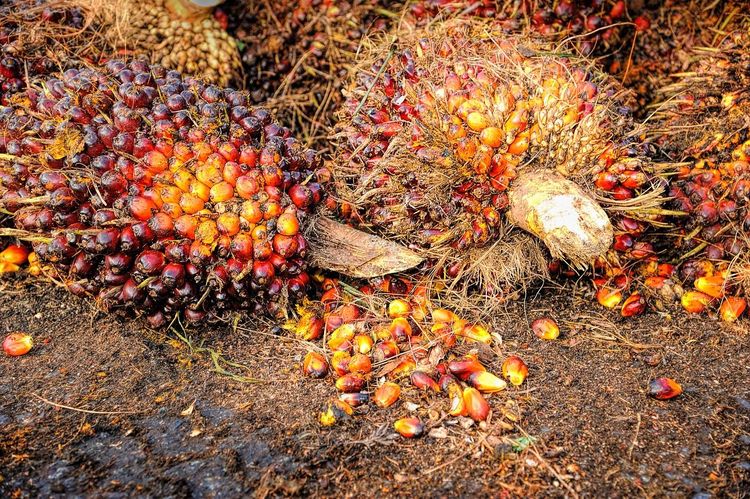As Lettuce Prices Surge, Gro Revises Its Price Forecast
Iceberg lettuce prices have soared 60% in the past week, hitting a 10-year high, as the main US growing region prepares to transition from California to Arizona. Gro has revised its forecast and now expects tight lettuce supplies and high prices to continue into mid-December.
Higher lettuce prices are typical during the period of transition. But as Gro highlighted in an earlier note on the produce transition, greater-than-usual production declines this year in the Salinas, California, area and a slow start for the new Yuma, Arizona, crop are pushing prices higher and will raise costs for produce retailers and food service companies across the country.
As of Oct. 27, iceberg lettuce prices jumped almost $20 per case, to $50.75, from a week earlier due to dwindling late-season supply from the Salinas Valley. Since the start of August, the highest amount of Salinas-harvested iceberg lettuce was in the week beginning Aug. 9, reaching 42 million pounds, the USDA reported. Volumes then declined in six of the nine weeks that followed, for a total decline of 35% since early August.
Romaine lettuce harvest volumes also have declined, but by a much smaller 8% in that period. Still, romaine prices have moved higher in sympathy with iceberg prices and are up 50%, to $32.75 per case, in the past week, just below a 10-year high.
Romaine lettuce’s tendency in recent years to experience foodborne illness outbreaks around periods of industry transition also appears to be contributing to supply and pricing challenges in the iceberg lettuce market. This year, to avert the problem, some restaurants have opted to take romaine lettuce off their menus ahead of the Salinas-to-Yuma transition, while other purchasers looked to iceberg lettuce as a substitute.
Meanwhile, the Yuma, Arizona, growing season is getting off to a slow start, as another week of below average temperatures increases the likelihood of lower early-season yields. That could further complicate the iceberg and romaine market once growers complete their move to Arizona, likely around the third week of November.
Produce retailers and food service company buyers can use Gro’s produce analytics to keep track of retail and shipping point prices as production shifts from the Salinas Valley to Yuma over the next few weeks. And watch for additional Gro Insight articles through November as we continue to provide updates on the California/Arizona produce transition.
 Insight
InsightPrices Surge for Cocoa, Coffee, and Other ‘Soft’ Commodities
 Insight
InsightUS Cotton Acreage Will Jump in 2024, Gro Predicts
 Insight
InsightPalm Oil Production Set to Rise as Crop Dodges the Impact of El Niño
 Insight
Insight

 Search
Search